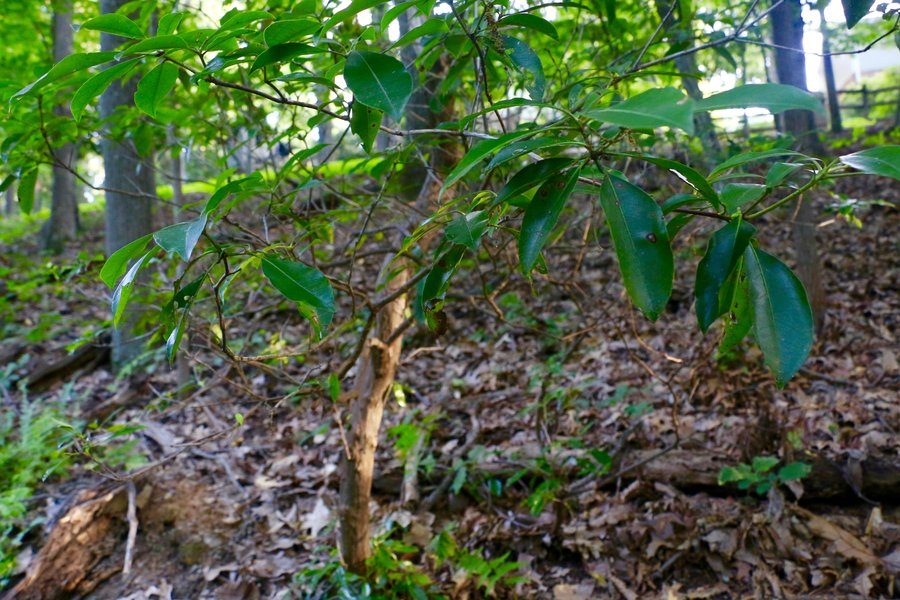Insights from Nature: Introduction
The forest in my neighborhood includes a variety of indigenous flora and fauna.
August 20, 2016
I had originally planned to write blog posts while vacationing with my family this month, but unfortunately, the trip had to be cancelled. Daydreams of being whisked off to a faraway land, exotic and beauteous, were eventually replaced by reality: my daily exploration came from treks in my neighborhood forest.
The days in August slowly melted together. Every afternoon, I trudged through the forest sporting a pair of plastic red headphones, listening to “Soft Pop Hits” on Spotify. Spotting a creature buzz by, I would quicken my pace, hoping that the clumsily flying insects wouldn’t find a chink in the pungent bug repellent armor I had caked on.
A few days ago, right before my walk, my phone died. I wouldn’t be able to bring my music with me.
As I strolled into the forest, I felt something about it had changed — no, it wasn’t that. It was me who had changed. It was me who had finally started to pay attention to the forest. My senses felt zoomed in, like a camera lens.
Clarity. I became fully aware of the scenes that encompassed me.
Rustling leaves, tickled by the playful wind. Busy squirrels, tossing down nuts and leaping between branches like carnival acrobats. Falling acorn shells as they clinked against the gravel path.
Exploring the familiar — yet seemingly more and more unfamiliar — environment, I realized that the day-to-day sights that surround us are just as special as even the most outlandish locations overseas.
I made it my goal to fully experience these daily treks. To explore the nature of my neighborhood, and see what I could learn from it. With such an abundance of species and phenomena, I narrowed my blog posts down to trees. 1 tree per day. I took photos of trees, looked them up online and in field guides*, and developed new insights on life.
These upcoming blog posts document the conclusions that I have reached thus far on my walks. By featuring my favorite trees, I want to inspire others to absorb the hidden lessons surrounding them.
*field guides used were the National Wildlife Federation’s “Field Guide to Trees of North America” and Virginia Department of Forestry’s “Common Native Trees of Virginia”






